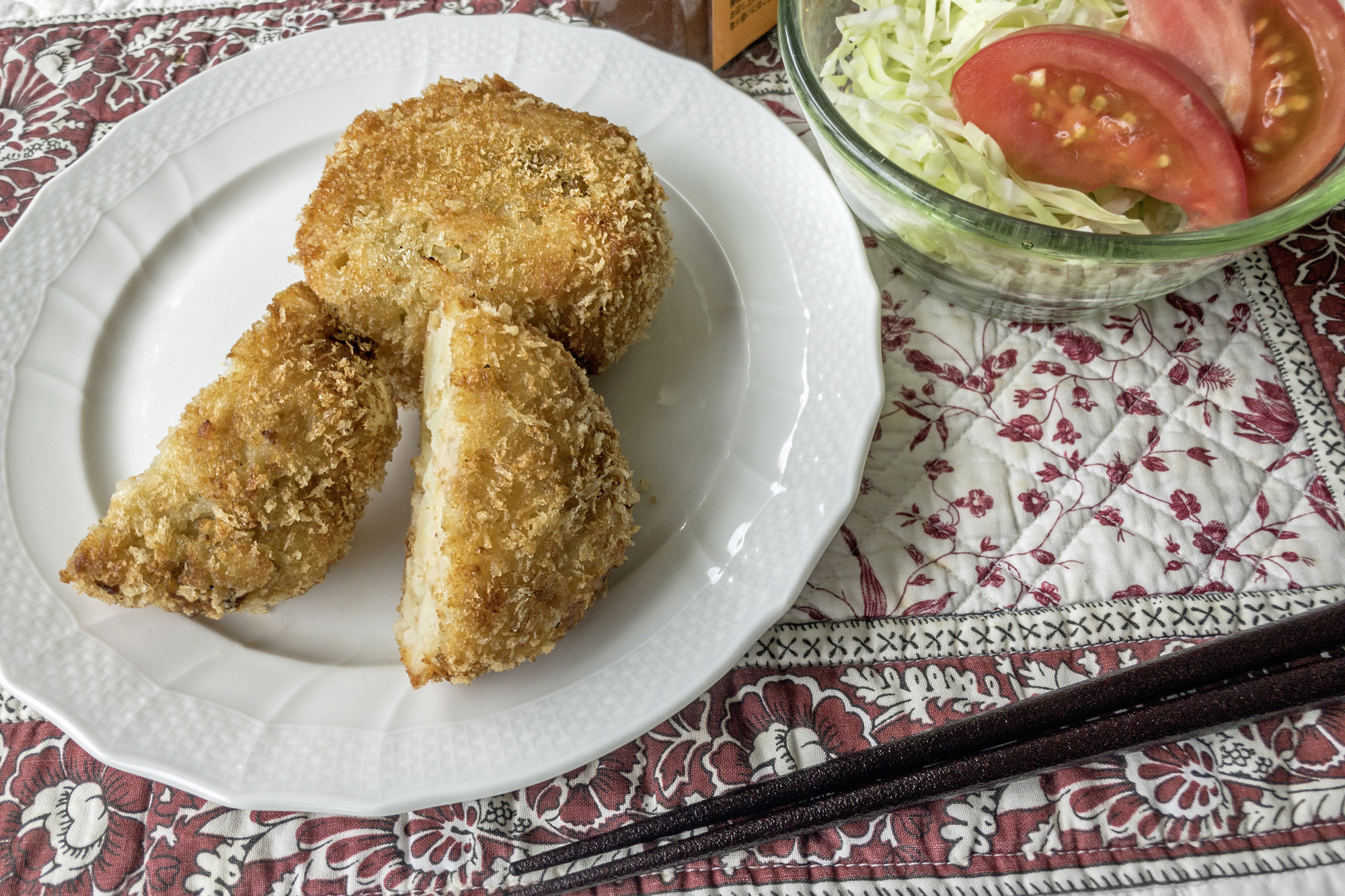Korokke, the Japanese version of the breaded and deep-fried morsel that's known in France and elsewhere as croquettes, are a familiar sight in Japan.
Head to the the frozen food and ready-to-eat takeout aisles of any supermarket, or to the glowing and heated deep-fried-snack display cases at convenience stores and you'll see them there, golden and delicious. They can even be seen in sandwiches, smothered in a Japanese-style Worcestershire sauce and stuffed into a soft, hot dog bun-like koppe roll with shredded cabbage.
For such a familiar and ubiquitous food item, the origins of korokke are surprisingly murky. Even the etymology of the word "korokke" is uncertain; although most food historians say it comes from the French "croquette," there are those who claim it comes from the Dutch "kroket." The earliest mentions of something called a "kuroketto" appear in cookery books from the Meiji Era (1868-1912), so it probably entered the culinary world in Japan with the first wave of seiyō ryōri, cuisine from the West.


















With your current subscription plan you can comment on stories. However, before writing your first comment, please create a display name in the Profile section of your subscriber account page.